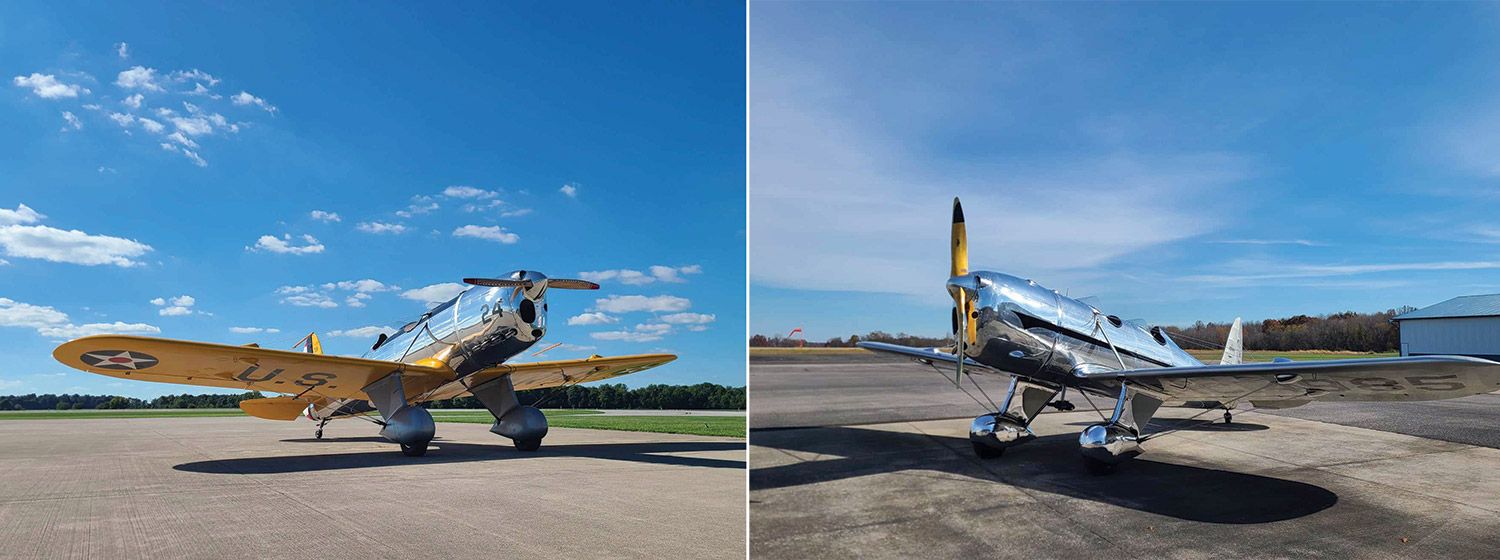 I consider myself an antiquer in the pilot world. Owning three vintage aircraft of my own and logging a few thousand hours in them has allowed me opportunities to ferry some of the rarest aircraft in existence. I’ve flown an original 1936 Ryan ST, a Ryan PT-22 and a modern Timber Tiger ST-L replica. This makes me the only pilot to have flown an original Ryan ST and the ST-L replica.
I consider myself an antiquer in the pilot world. Owning three vintage aircraft of my own and logging a few thousand hours in them has allowed me opportunities to ferry some of the rarest aircraft in existence. I’ve flown an original 1936 Ryan ST, a Ryan PT-22 and a modern Timber Tiger ST-L replica. This makes me the only pilot to have flown an original Ryan ST and the ST-L replica.
Attending Oshkosh in 2017, I stumbled across a small booth in the home-builders’ area with a half-built Ryan ST. At first glance I didn’t realize it was a slightly scaled-down Ryan ST-A replica. You won’t notice a size difference unless the ST-L is sitting beside a full-size Ryan.
Nick Pfannenstiel, owner and designer of the Timber Tiger Ryan ST-L, and his wife, Kayla, were manning their booth. Nick explained that the aircraft was designed around a four-cylinder Rotax 912 ULS. Right away, I questioned how a horizontally opposed engine would fit in a cowling that was originally designed for a four-cylinder in-line Menasco engine, but Nick said it would work. He had CAD drawings that accurately showed the Ryan ST cowling with a Rotax engine tucked inside.
Fast-forward to 2019. The ST-L was finished and had been test flown. Undoubtedly, it was a beautiful home-built that retained all the elegance of a vintage Ryan. But how would it fly compared to a real Ryan ST? Little did I know that a few years later, I would find out firsthand.
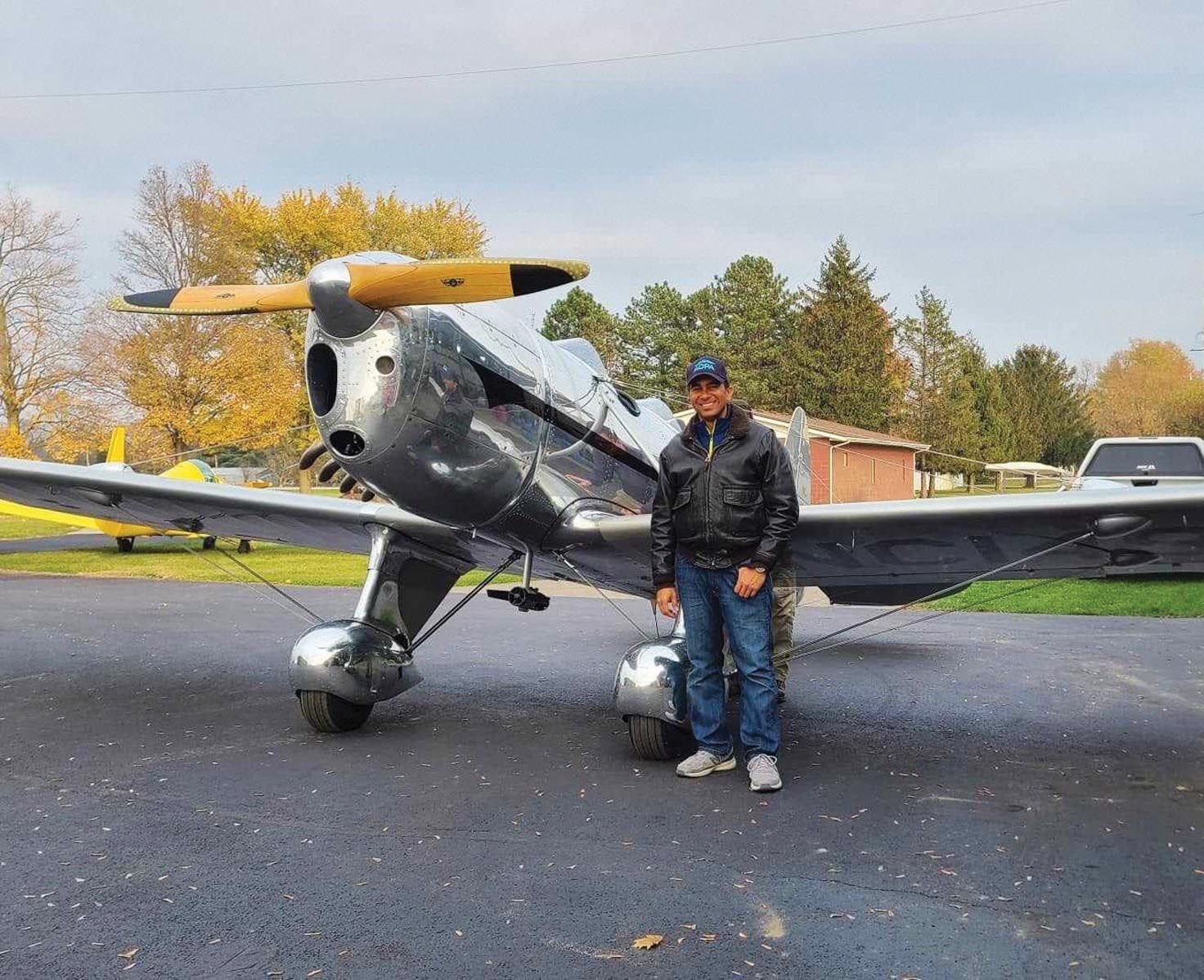
Flying Two Ryans
In the spring of 2021, I was contacted by Doug Smith from the Dayton, Ohio, area. Doug asked if I was interested in ferrying Ted Teach’s 1936 Ryan ST. This is currently the only flying Ryan ST example in the world. Ryan built only five ST aircraft before building ST-As, ST-Ms and other variations. Ted’s ST was the 2016 Antique Grand Champion at Oshkosh. If you ever saw this aircraft, you’ll remember it because of the sheer beauty and perfect craftsmanship that Doug and Ted put into its 10-year restoration.
The ST had been sold and needed to be moved to Guntersville, Alabama. I was honored to be asked to fly this historical Ryan, but at the same time I was nervous and scared to death because I didn’t want to hurt this precious timepiece. I had no previous Ryan time, but how many of us do?
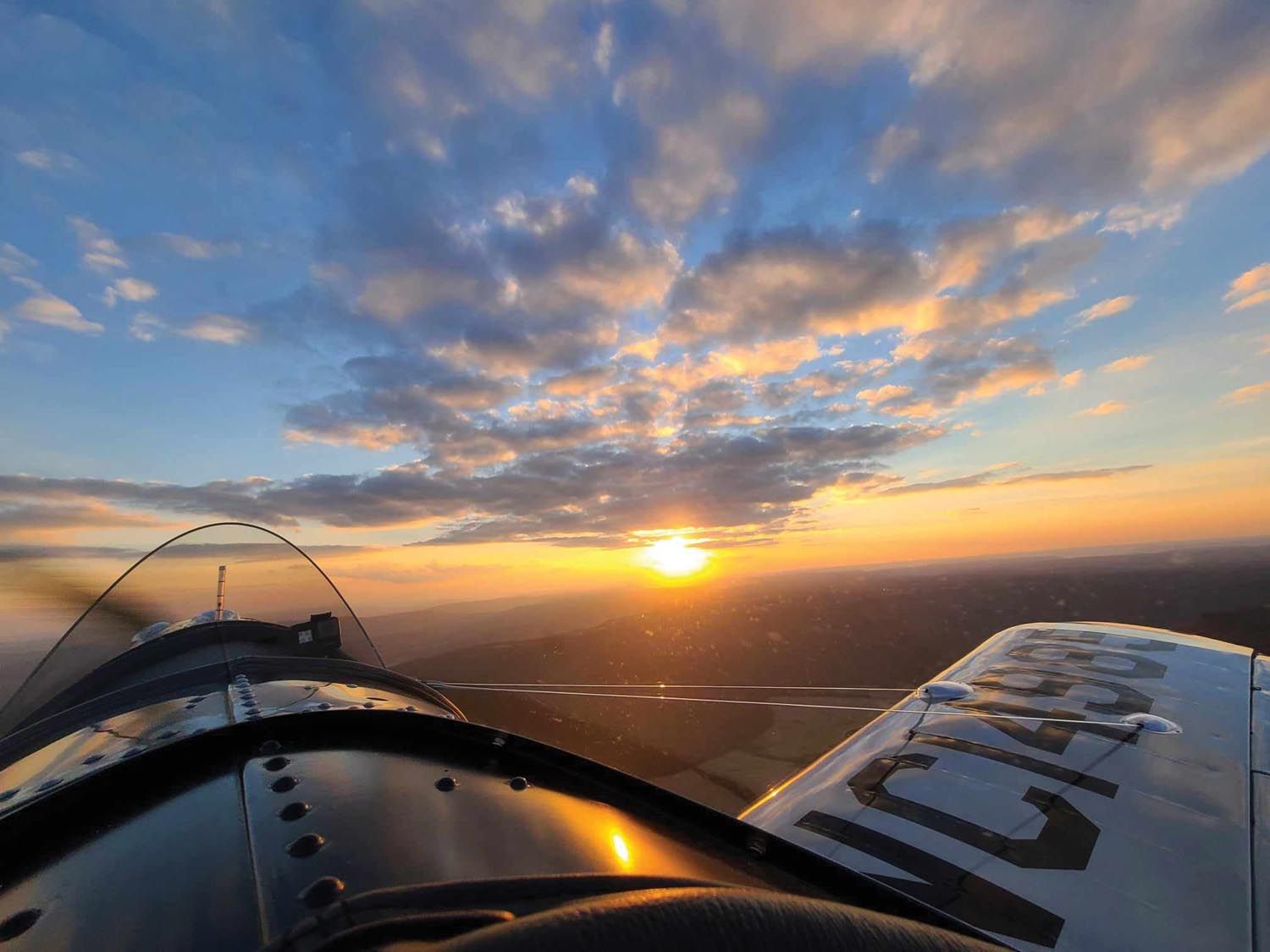
In the fall of 2021, I met Doug and a small group of people from the local Andy Barnhart Memorial Airport (3OH0). I wanted to become familiar with the Ryan’s flying characteristics before heading across the country. Being a ferry pilot of antiques, I’m cautious about jumping into an aircraft I don’t know. I want to learn when it flew last, and if it hasn’t flown in a year or so, I want to know why.
This Ryan hadn’t flown since 2017, which meant it had been a hangar queen for four years. We pulled the aircraft out of the hangar and I flew it for a good hour. During that time I was able to shoot a couple of landings at Grimes Field (I74) in Urbana, Ohio. A few days later, when the weather was perfect, I climbed into the Ryan ST and started heading south for Alabama.
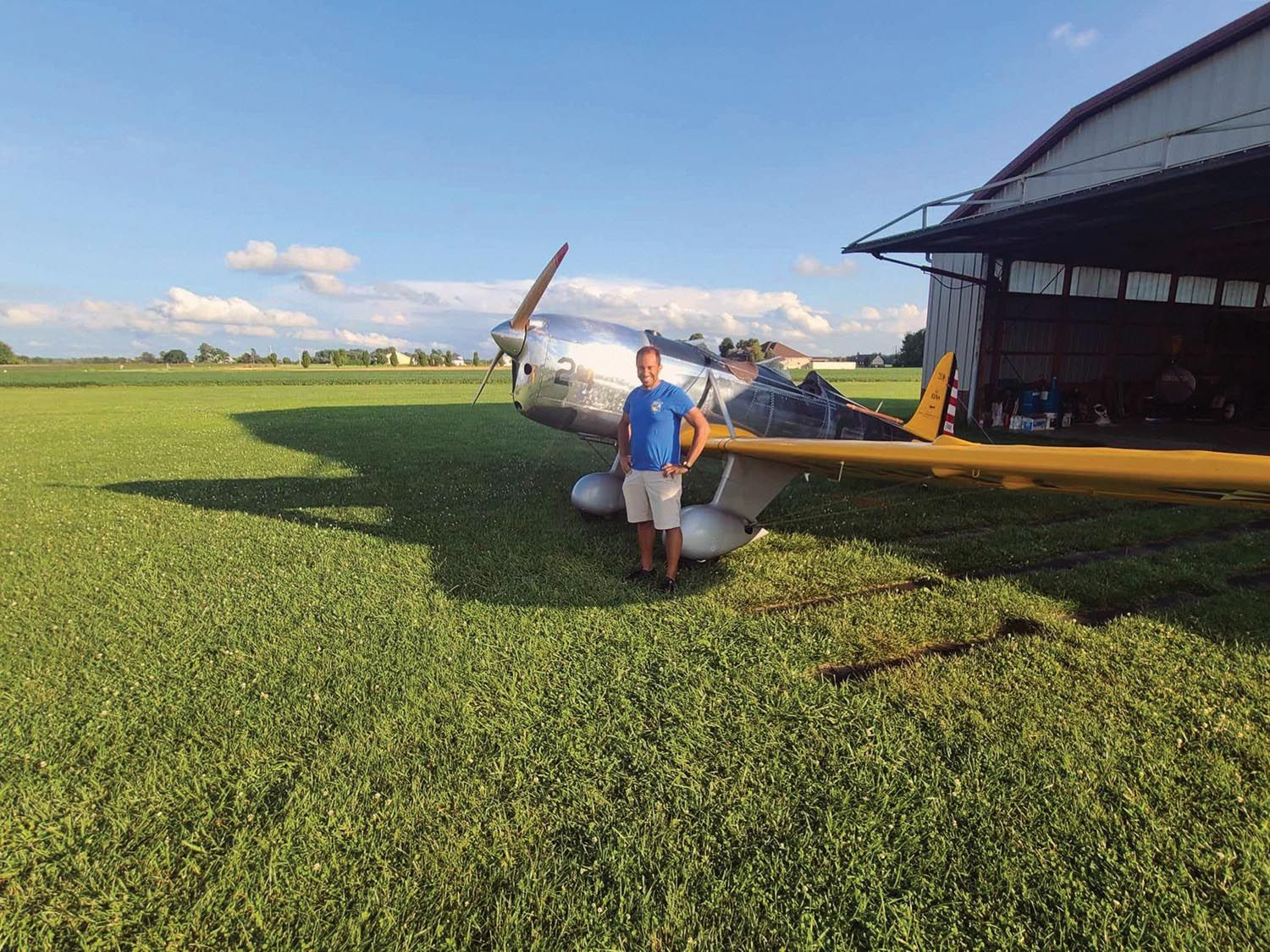
I took off and circled the airport, doing one final flyby with a wing wag. It was an emotional time for a few of the people who were present. Twenty miles into the flight, I flew over my parents’ house as they stood in the driveway, waving at me like excited folks seeing Waldo Pepper flying over in his famous Standard J-1. I must say, it was a bit surreal for me to be flying a piece of history over my parents, who are my number-one fans.
I made two fuel stops before landing in Guntersville. The new owner, along with his entire family, the airport manager and a few other people, were there for my arrival.
On another occasion I was able to fly a Ryan PT-22 from Houston to an airport about 200 miles north of Sacramento. My good friend Andrew King was ferrying a Great Lakes biplane, so it was an epic cross-country with two awesome aircraft. We flew over 1700 miles and made 21 fuel stops to complete the journey.
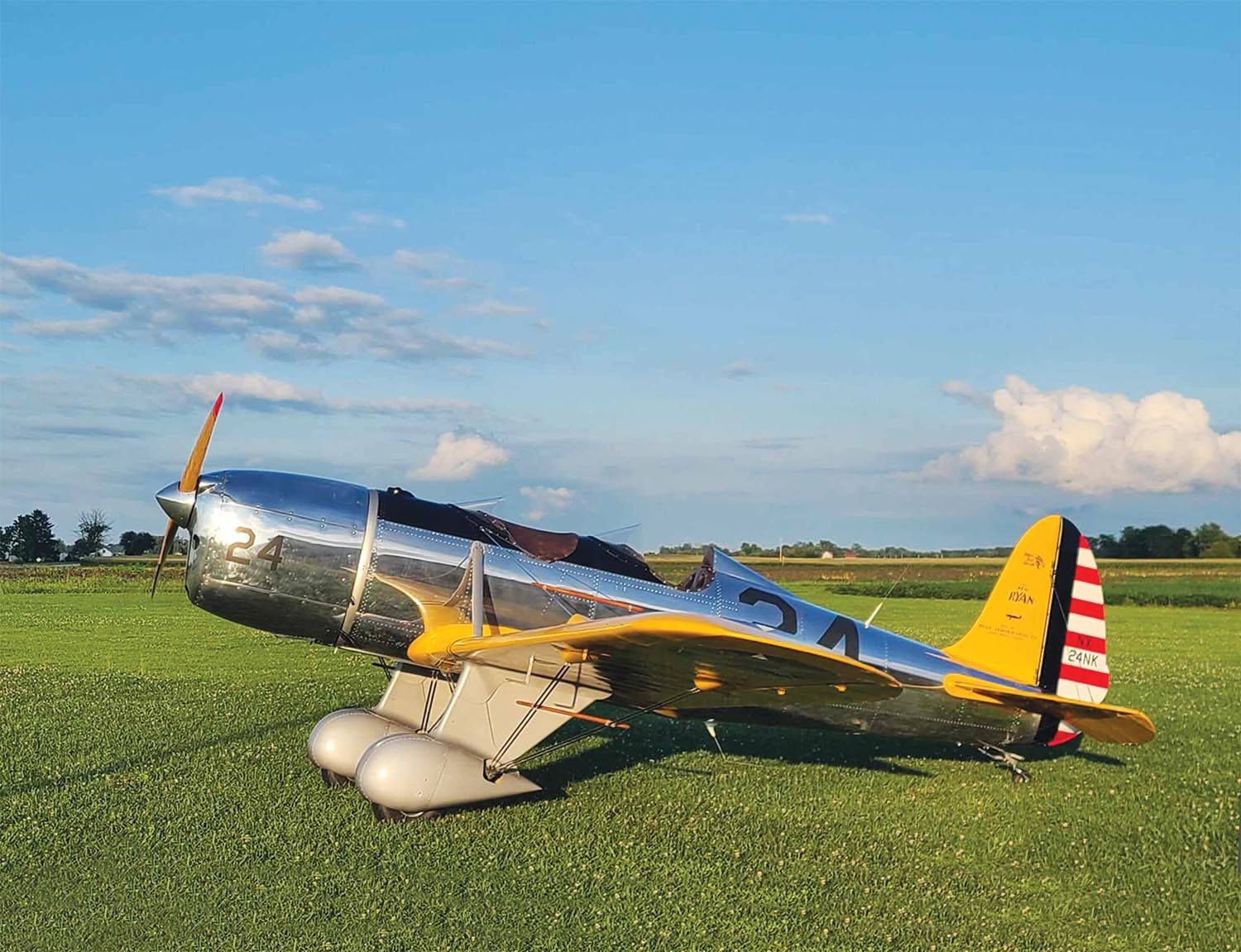
Opportunity Knocks Again
While flying a full-size replica Fokker D.VII this past year, I stopped in Juneau, Wisconsin, the night before heading into Oshkosh. I met Glenn Gordon, who was flying the Timber Tiger ST-L. Glenn has worked with Timber Tiger and the ST-L project from the beginning. I introduced myself and right away he knew who I was. The next morning at sunrise, Glenn joined us and we flew into Oshkosh as a group of five.
During the show, I stopped by the Timber Tiger booth and jumped into the ST-L for a comparison with the full-size Ryan ST. I also spent 40 minutes talking to Nick about the differences between the original ST and the ST-L.
Soon after Oshkosh I got a message from Nick asking if I was interested in ferrying an ST-L from a small airport near Chicago to Beaufort, North Carolina. Glenn was unable to ferry the plane because he had some work obligations.
How could I say no to an offer like that? Even though I was extremely busy during my barnstorming season, I told Nick that I would make it work, and the owner of the ST-L was very cooperative with the time frame. I had wanted to fly the Timber Tiger from the first day I saw it at Oshkosh in 2017 and finally I would have that chance!
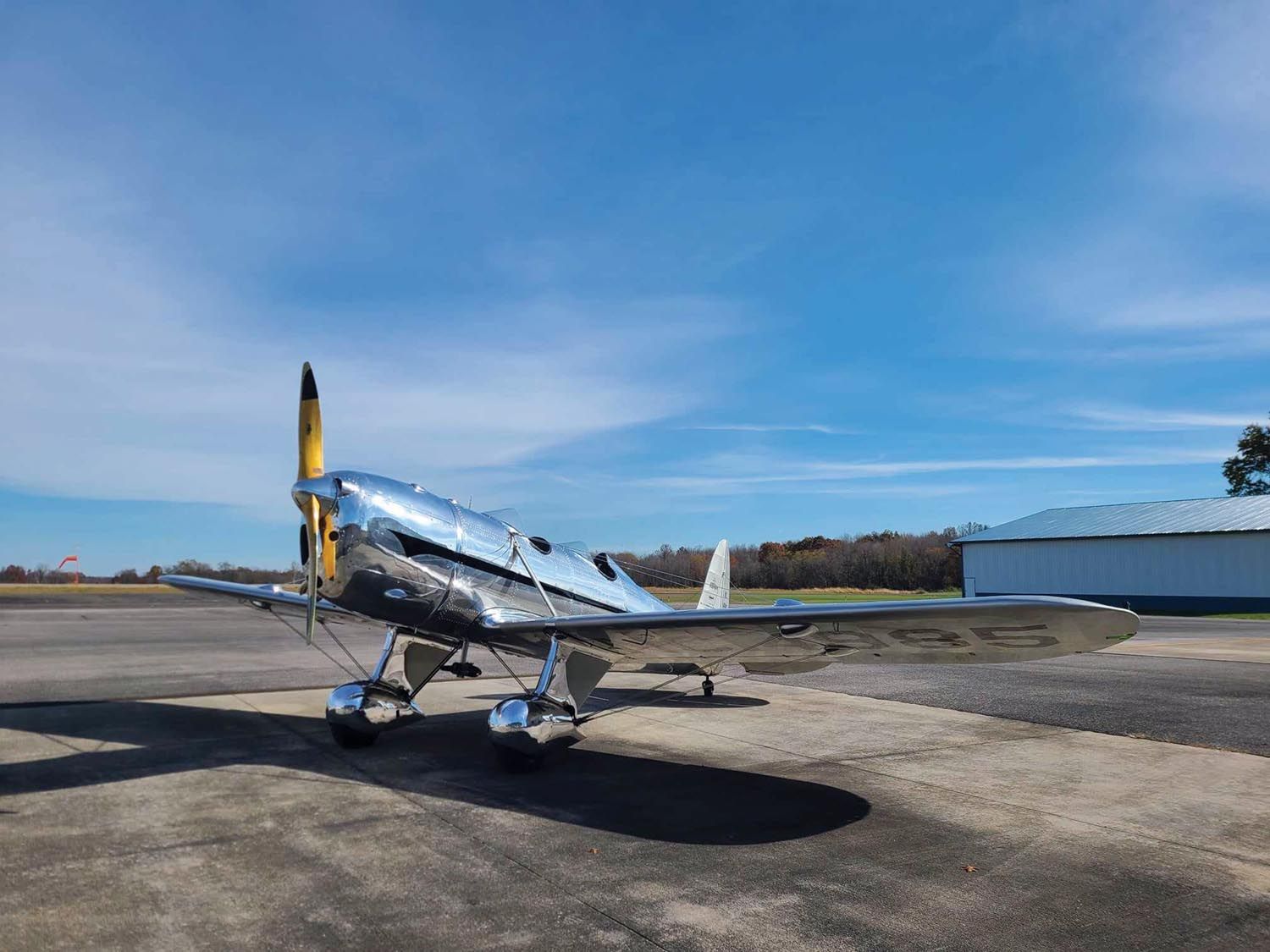
I logged 9.3 hours on the 715 nautical-mile ferry flight. After arriving in Beaufort, I switched to the front seat and provided dual instruction to Jeff Deaton, the ST-L’s new owner, helping him meet insurance requirements for solo flight.
How Do They All Compare?
Let’s start with the PT-22. Honestly, there is no comparison at all, aside from the name Ryan. The PT-22 was like flying a B-17 with two engines out. Fortunately, the 160-hp Kinner kept running, so that was a huge plus.
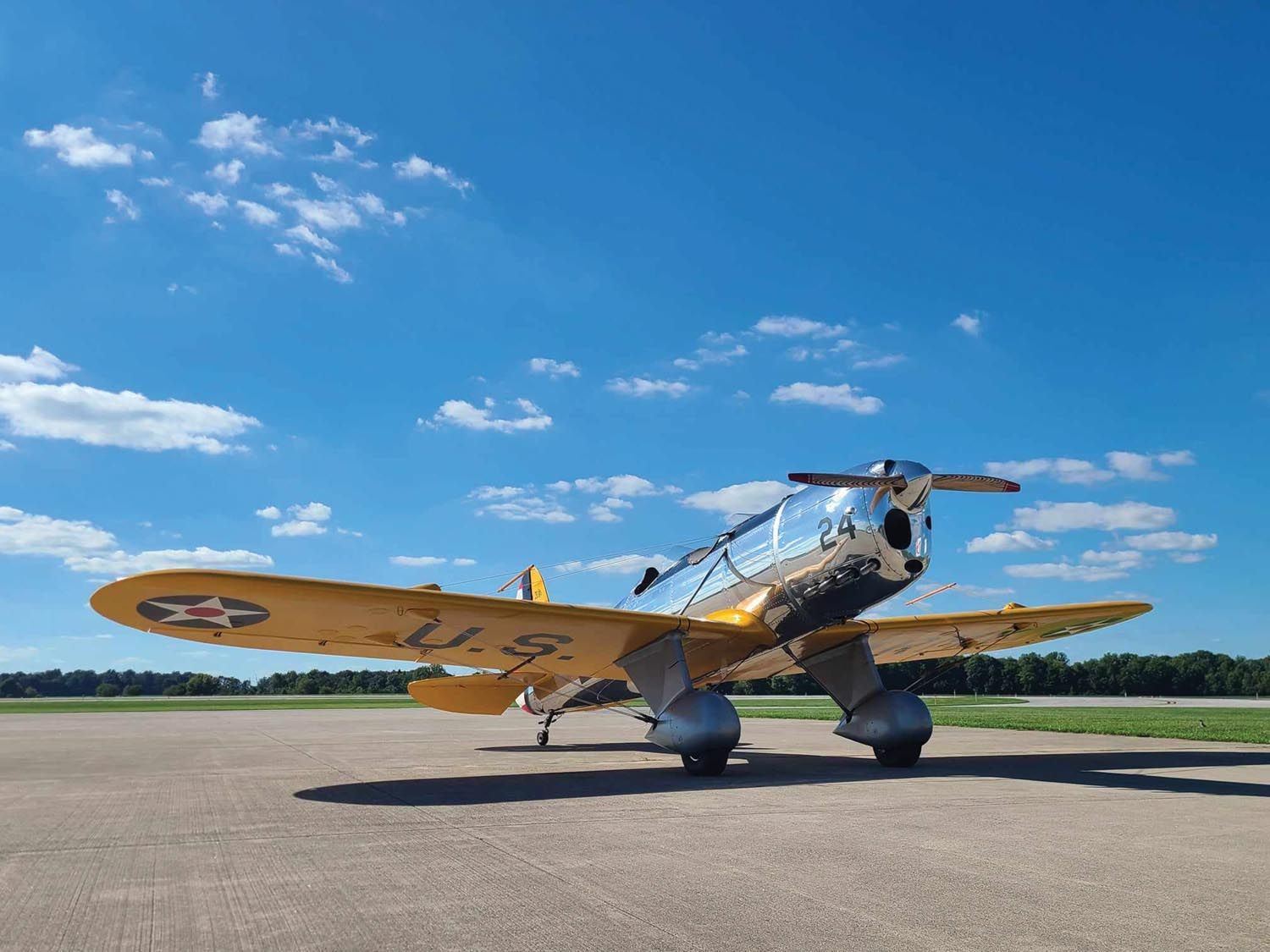
Things get a lot more interesting when you compare the Ryan ST to the Timber Tiger ST-L, so let’s take a look at the highlights.
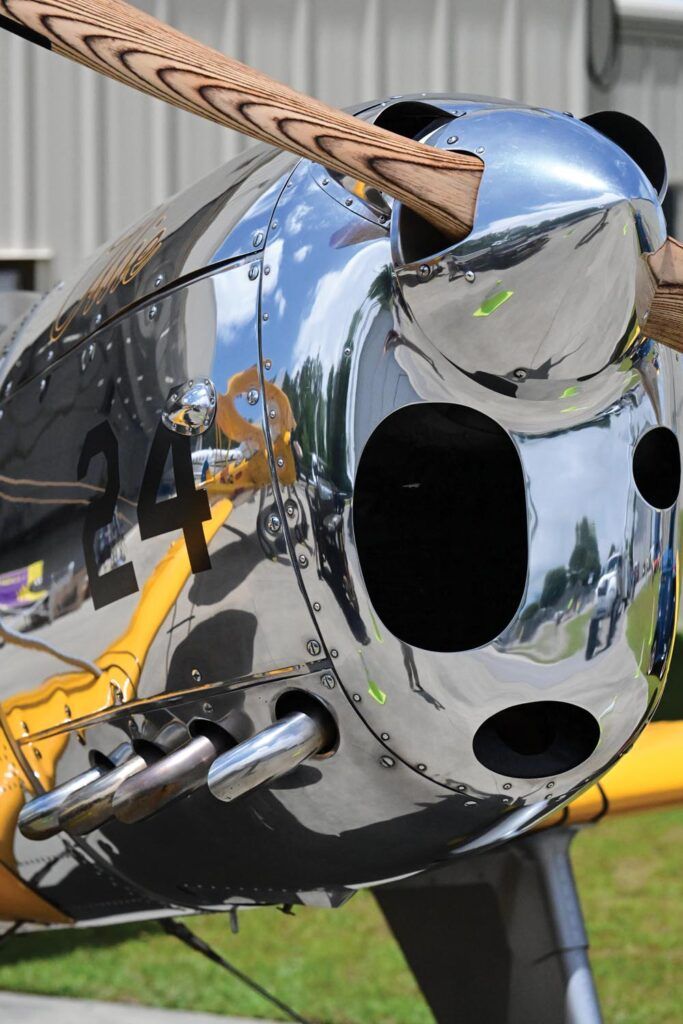
Engine and Cruise Speed
The four-cylinder water-cooled Rotax 912 ULS has a reputation for reliability. It is very quiet, runs smoothly and burns only 4 to 4.5 gallons per hour of 100LL or auto gas. Rotax has plenty of technical support around the world, which is a big plus for any aircraft. The engine also fits perfectly in the long, sleek ST-L cowling, just like Nick said it would. Even the exhaust system looks exactly like the full-size Ryan.
The Ryan ST that I flew had an in-line 125-hp, four-cylinder Menasco engine. Menasco engines were designed in the 1930s and reliability is not all that great. Technical support is also hard to come by. The sound of a Menasco is terrific, but friends who have had them tell me that they must be looked after quite a bit. They typically burn about 9 to 10 gallons per hour.
Cruising speed is virtually identical. The Ryan ST cruised around 100 to 105 mph and the Timber Tiger cruised at a solid 105 mph on approximately half the fuel burn.
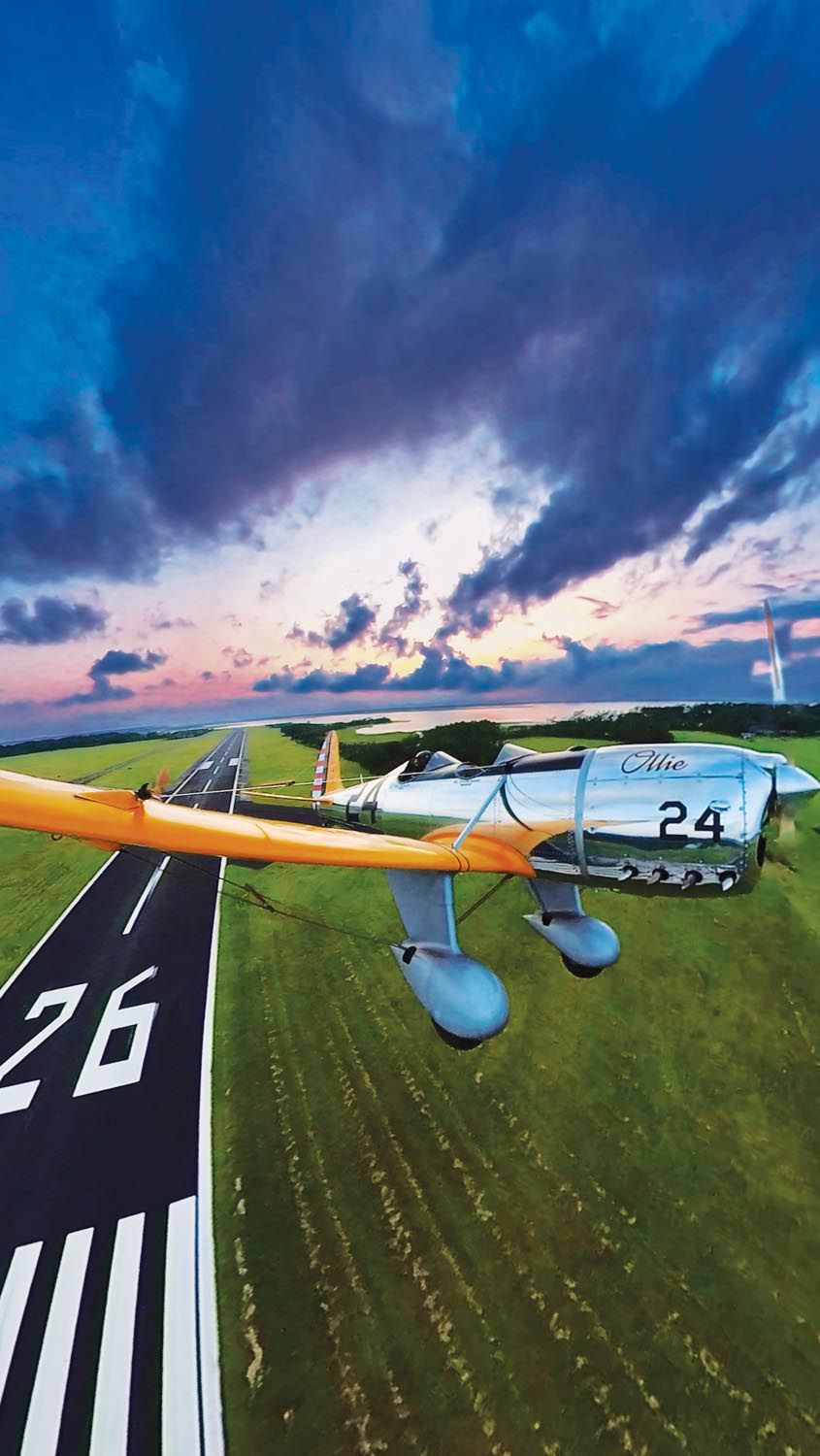
Cockpit
Pretty much everyone who looks at the Timber Tiger ST-L asks about cockpit size and roominess. The rear cockpit is the same size as a Ryan ST/ST-A, but I found the ST-L to be much more comfortable. It has more legroom, the shoulder width is better and the flight-control ergonomics are greatly improved. They’re much more natural than the actual 1936 Ryan.
The front cockpit in the ST-L I ferried was a bit tight for a 5-foot 7-inch person, but once I was seated I was comfortable enough to instruct for a couple hours and shoot 10 takeoffs and landings. Timber Tiger has since done a redesign, and the front cockpit on new kits is significantly larger.
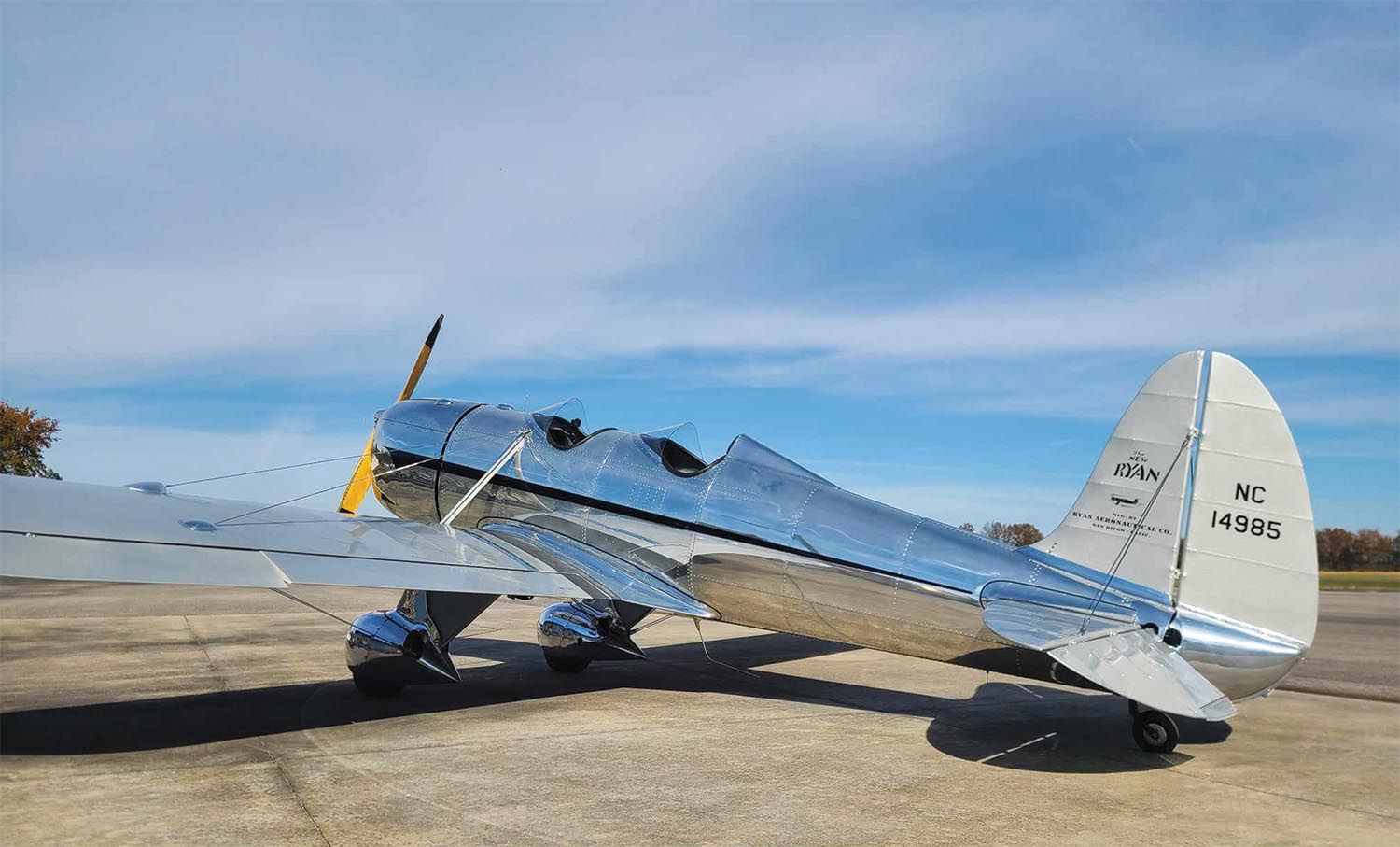
Controls
Unlike the Ryan ST, the ST-L was designed without flaps, so that eliminates some controls and extra weight. In fact, Timber Tiger was able to cut 235 pounds from the full-size counterpart by using newer building materials and modern structural design.
In the ST-L I flew, the flight control stick, rudder pedals and brakes were smooth, precise and light. The elevator trim did not work well, but new kits have a different trim mechanism that works much better.
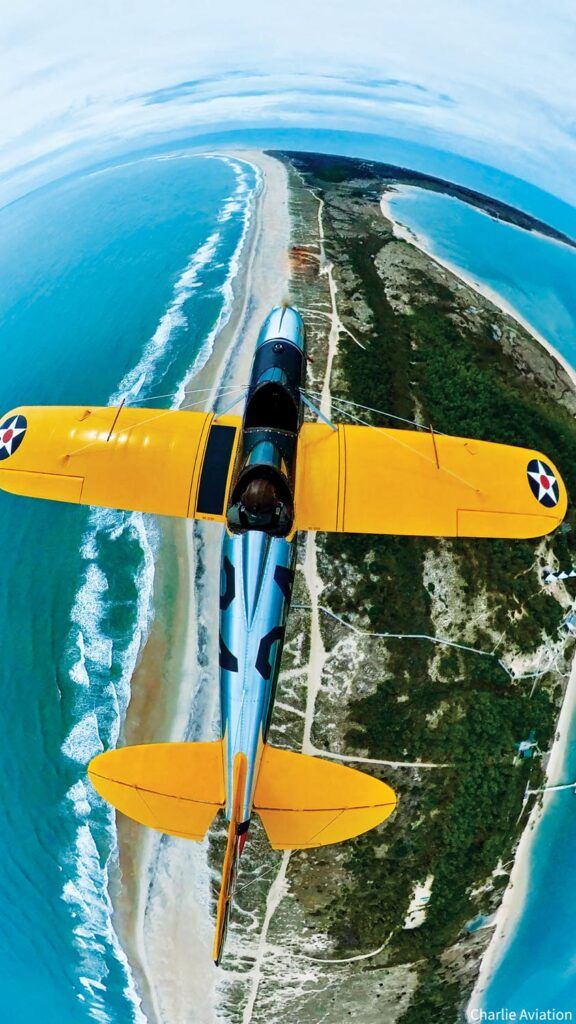
The ST-L has modern Matco brakes that work great and are very comfortable to use. The Ryan ST/ST-A originally had Goodyear brakes that never worked well. Most ST-As are retrofitted with more modern Cleveland brakes. When I flew the ST to Alabama, I was worried about wind and runway conditions because of the brakes. They were very weak, to say the least.
The Timber Tiger suspension was designed with rubber pucks and doesn’t have the weird forward-bending elbow that Ryan called leading-link gear. Just look at a PT-22 and you will see what I am talking about. The leading-link design certainly doesn’t help make landings easier. Timber Tiger’s landing gear and suspension is a basic torque-link setup, which makes the aircraft much easier to handle on the ground.
In Flight
Compared to the ST, the Timber Tiger ST-L is a pleasure to fly. Ground handling is much easier during taxiing due to the superior brakes. Takeoff is straightforward and much easier to control on grass and asphalt. You can add power and immediately hold forward stick to get the tail up so the aircraft can accelerate and take off quickly.
Maintaining directional control in the Timber Tiger is much easier than the full-size Ryan ST. The ST is a ground lover and you have to hold the tail down until there is enough speed for rudder effectiveness. Lifting the tail too quickly can cause the aircraft to get squirrelly. The ST suspension feels a bit spongy and makes the aircraft feel top-heavy and somewhat unresponsive on the ground. The ST-L did not have that top-heavy feeling.
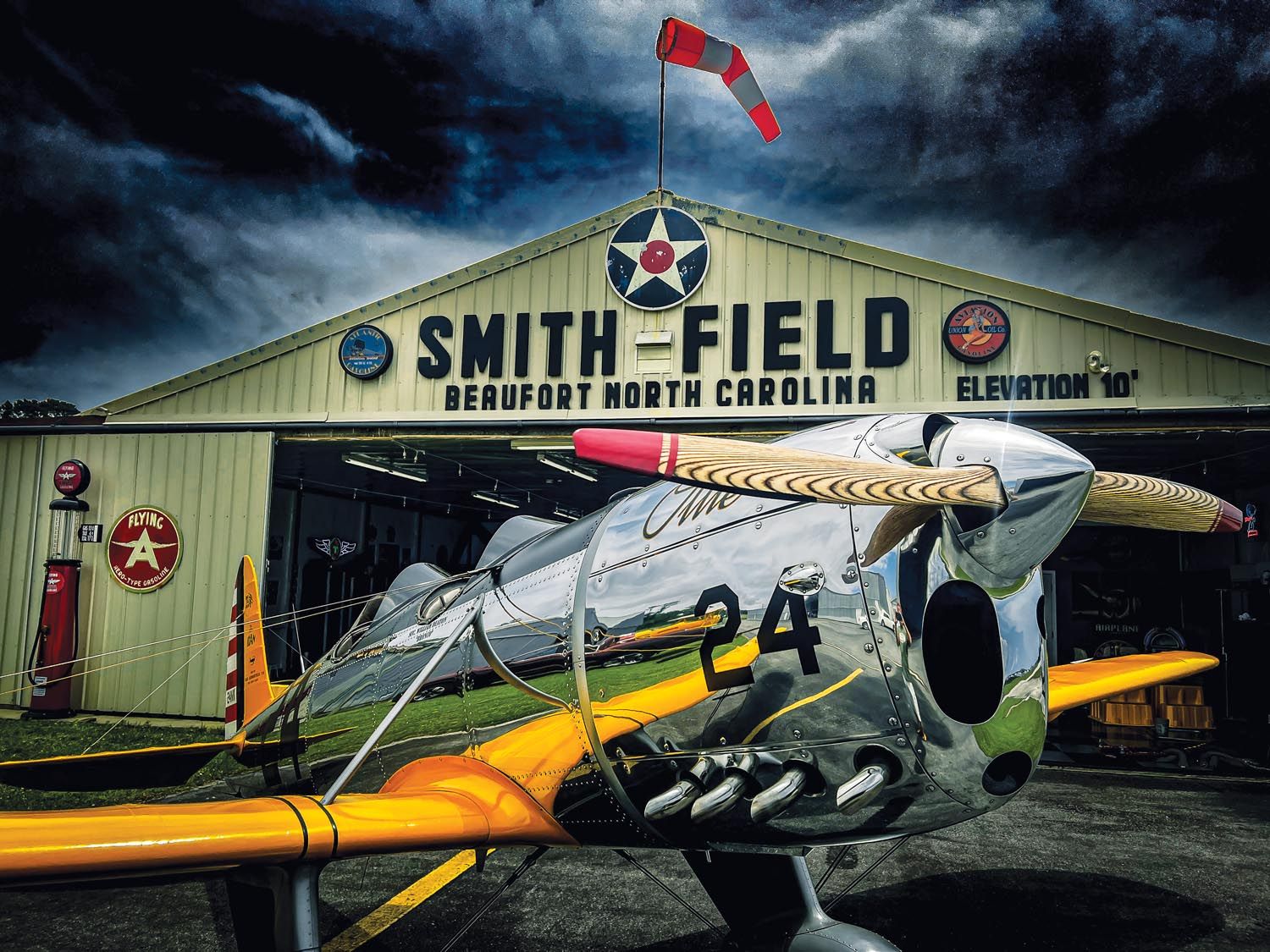
The Ryan “ST” stands for “Sport Trainer” and the “ST-A” is the “Sport Trainer Aerobatic” version. The ST model is able to do some basic gentleman aerobatics such as loops, rolls and spins. The normal Timber Tiger ST-L was not designed for any aerobatics that would cause significant G-loading on the airframe. Timber Tiger is in the process of making a clipped-wing version that will allow you to do those gentleman aerobatics.
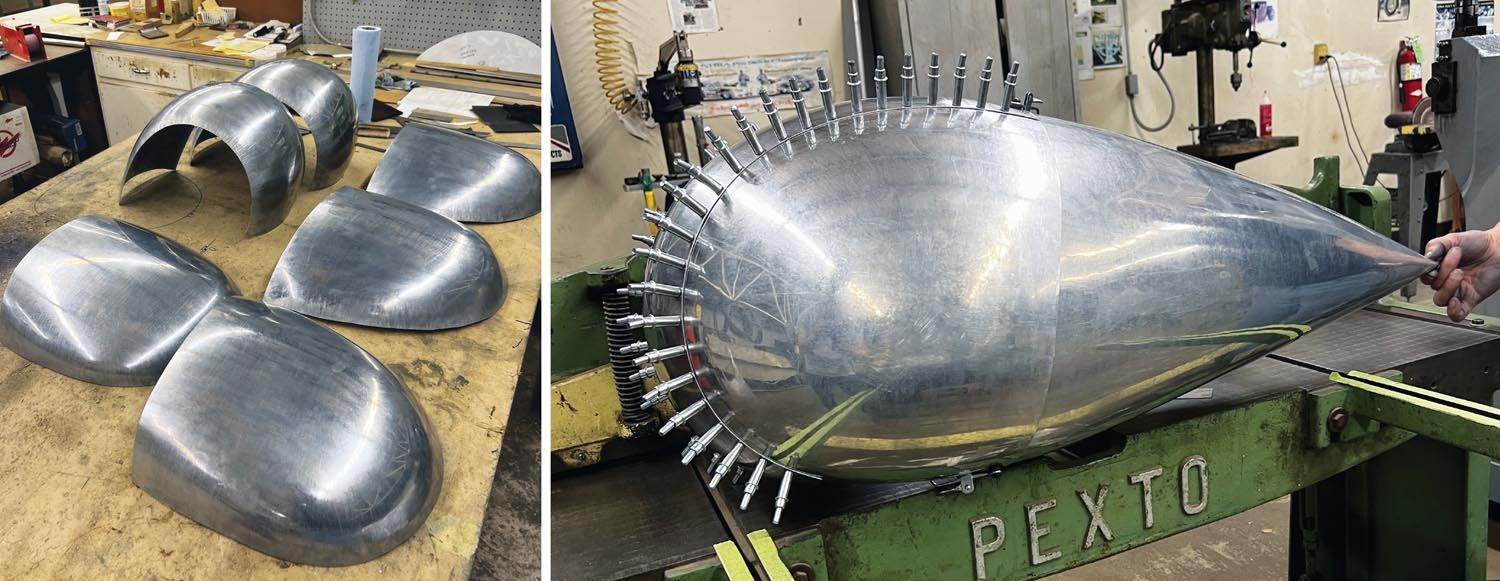
(Photos: Wing’s Metal Works)
Odds and Ends
Both aircraft look great with wheel pants and gear leg fairings. Original Ryans have aluminum pants and leg fairings that attract you to the aircraft’s entire design. Although Timber Tiger did a good job making fiberglass fairings and wheel pants to resemble the full-size aircraft, they don’t look as sharp as the all-aluminum parts. Timber Tiger now offers all-aluminum fairings and pants as an option, making the ST-L even harder to pass up.

Other things to consider are parts and technical support. Timber Tiger is always ready to help builders and owners, and replacement parts are readily available should something bad ever happen during building or flying.
In contrast, Ryan replacement parts are in very short supply. Finding a person who has parts and getting them to sell them may be impossible for someone restoring or repairing an aircraft.
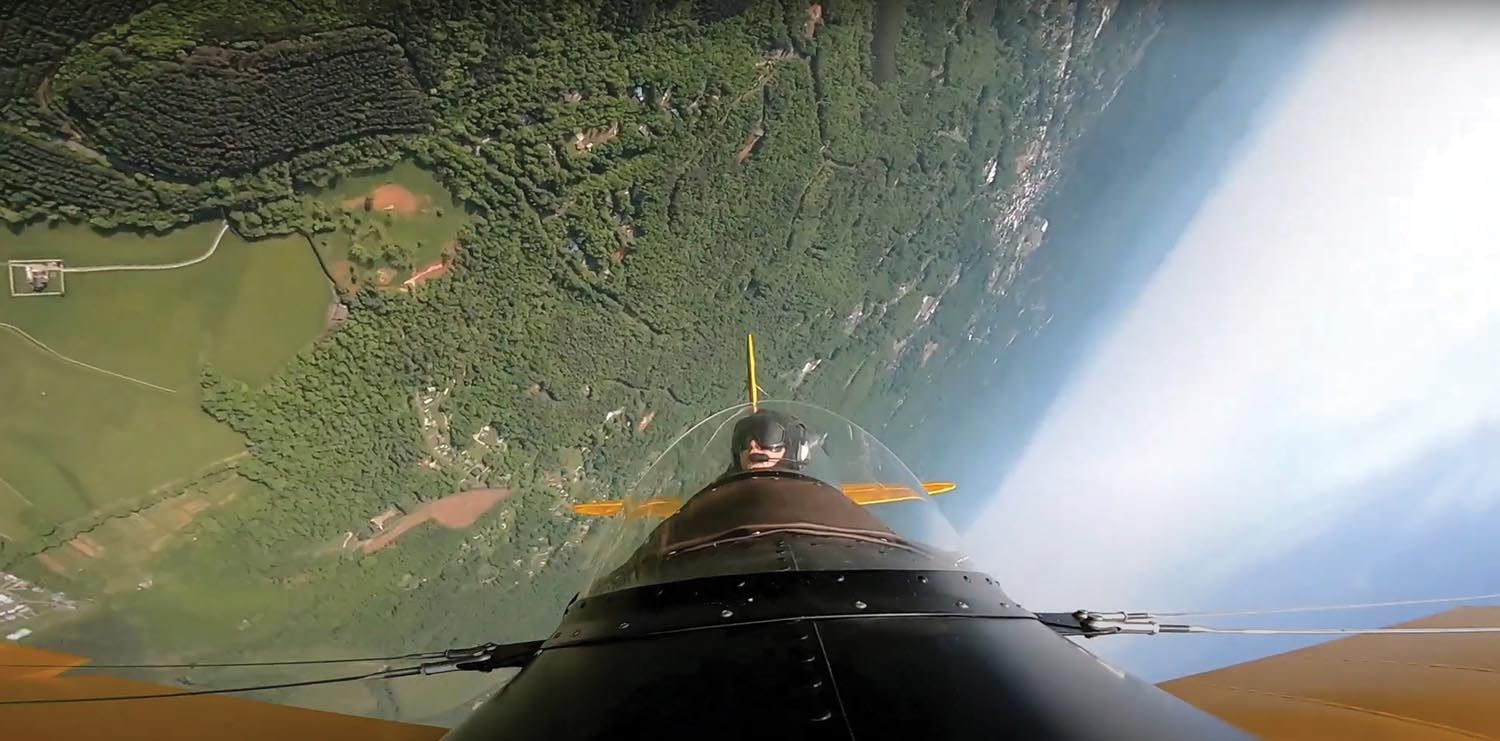
Which One To Buy?
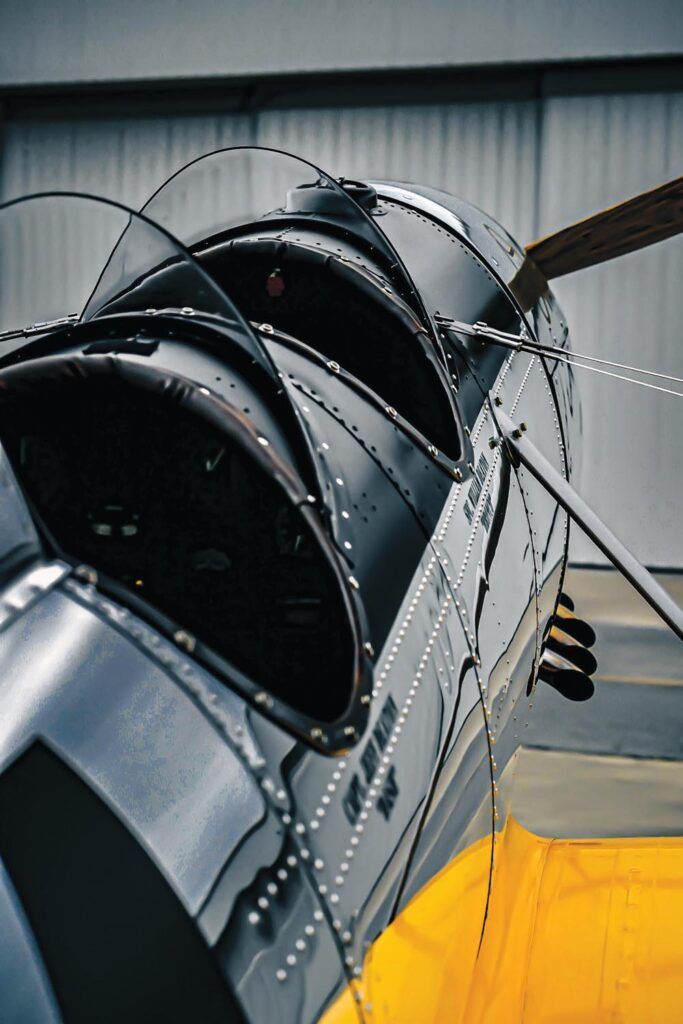
First, you need to consider what you are going to do with the aircraft. If you are a die-hard antique/vintage collector, you will definitely lean toward the original Ryan ST. With that purchase you will have a rare piece of history that is almost priceless.
However, if you want something to build and fly on a regular basis, you can’t go wrong with a Timber Tiger ST-L. It will allow an everyday or weekend flier to go out and enjoy the style and elegance of a full-size Ryan for a fraction of the price. The ST-L can be completed (including engine) for as little as $75,000. On the other hand, a full-size Ryan will cost an additional $150,000 to $200,000 to own, and that’s on the low end.
I enjoyed flying both aircraft, but I would definitely lean toward flying and owning a Timber Tiger ST-L over the original Ryan ST. Timber Tiger has given vintage and antique lovers a great alternative. It’s something that you will admire in and out of the cockpit.


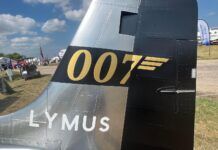
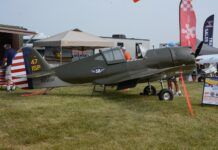
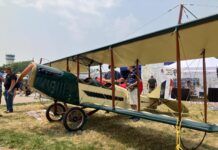
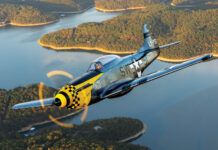
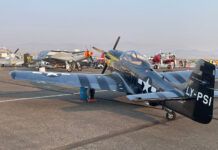
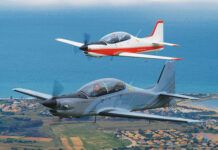

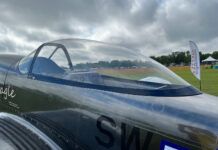
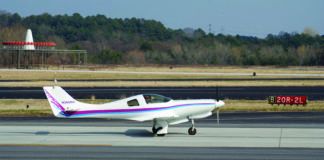
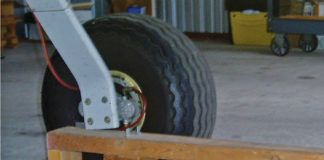
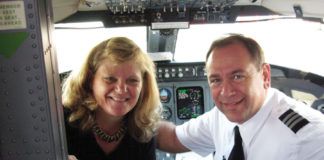

Nicely done – both Timber Tiger, and Dewey for a thorough analysis!
This was really well done, and coming from an analyst like Dewey carries a great deal of credibility. The ST-L was already on my short list …
Great article Dewey! Thanks for describing how the Ryan ST flew and some its not so well known features. The ST-L is a great improvement and really looks fun to fly.
I really appreciate everyone for all the kind words about the article. I had a great time flying both aircraft, but the ST-L was by far more enjoyable to fly when the day was over.
Dewey, I think you have just cost me a bunch of money…. See you at Airventure!